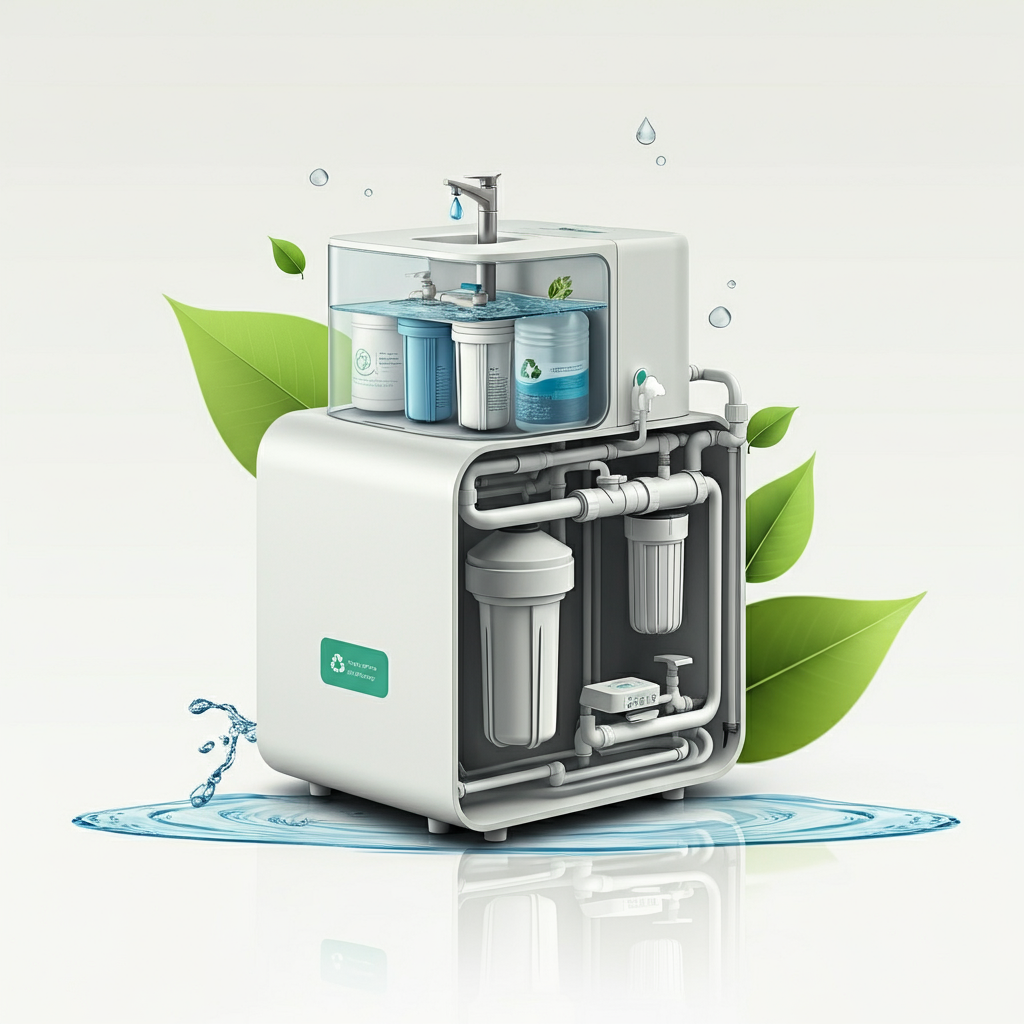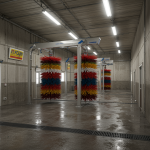Water is one of the most valuable resources on Earth, yet it’s often treated as though it’s unlimited. With increasing pressures on global water supplies, the need for smarter water usage is urgent. Washing processes, whether within homes or industries, are a significant contributor to water consumption. However, innovative methods like water reclamation systems, efficient water-use technologies, and rainwater harvesting are transforming how we think about conservation. This blog explores these methods, their benefits, and practical ways individuals and businesses can adopt them to contribute to a more sustainable future.
Why Water Conservation in Washing Processes Matters
Washing processes span various sectors, from doing laundry at home to large-scale industrial cleaning. These activities cumulatively account for a substantial portion of water use worldwide. For example, the average washing machine uses around 20 gallons of water per load, while industrial processes can consume thousands of gallons daily. Such levels of consumption not only stress local water supplies but also contribute to energy use, as water pumping, heating, and treatment require significant power.
By focusing on smarter water management techniques, we can achieve a two-fold benefit—reducing water usage and cutting down energy costs. This shift is especially important in areas facing water scarcity, where every drop saved directly impacts the community.
Water Reclamation Systems
How Water Reclamation Works
Water reclamation systems treat wastewater from sinks, washing machines, and industrial processes, transforming it into clean, reusable water. This reclaimed water can then be reused for various purposes such as irrigation, cooling systems, or even in new washing cycles.
For businesses, water reclamation drastically reduces reliance on freshwater sources. Systems often include a combination of filtration, sediment removal, and sometimes chemical or UV disinfection to ensure the water meets safety standards for non-potable use.
Benefits of Water Reclamation
- Reduced Water Bills: Less dependency on expensive freshwater resources.
- Sustainability: Lowers the overall demand for natural water reserves.
- Versatility: Can be implemented in both residential and commercial contexts.
Practical Tips for Adopting Water Reclamation
- For Homes
-
- Install a graywater recycling system to repurpose water from laundry or bathroom sinks for tasks like garden irrigation.
- For Businesses
-
- Use advanced industrial systems that allow for the treatment and reuse of water onsite.
- Collaborate with providers offering customizable reclamation solutions that align with operational needs.
Efficient Water Usage Techniques
Low-Flow Nozzles and Faucets
One of the simplest yet most impactful efficiency upgrades is the installation of low-flow nozzles. These devices use air to maintain water pressure while reducing the overall flow rate. For example, a standard faucet might use 2.5 gallons per minute, whereas low-flow versions use just 1.5 gallons.
Real-World Applications
- Homes
Replacing showerheads, faucets, and washing appliances with low-flow models can save thousands of gallons annually.
- Industries
Incorporating high-efficiency spray nozzles in cleaning processes can provide substantial savings without compromising on performance.
Smart Washing Practices
- Run Full Loads
Whether at home or in commercial laundries, always run machines at full capacity to maximize water efficiency.
- Cold Water Washes
Opt for cold water whenever possible to reduce energy use alongside water savings.
Technological Advancements
Modern washing machines now come equipped with water-saving features like adjustable cycle times and load-sensing technology. Smart systems can determine the exact water level needed, ensuring no excess is wasted.
Rainwater Harvesting
Rainwater harvesting involves collecting and storing rainwater for later use, offering a highly sustainable way to offset some of the demand for freshwater.
The Process of Rainwater Harvesting
- Capture
Rainwater is collected from rooftops or other surfaces through a system of gutters.
- Filtering
The rainwater passes through basic filters to remove debris and impurities.
- Storage
The filtered water is stored in tanks or underground reservoirs for future use.
Uses of Harvested Rainwater
- Gardening and Irrigation
Perfect for watering plants and agricultural purposes.
- Cleaning
Businesses can use this water for cleaning equipment, outdoor spaces, or even initial washing cycles in industrial setups.
How to Get Started
- Set Up Gutters and Storage
Ensure your home or building has an efficient gutter system connected to a storage tank.
- Install Pumps If Needed
Use a small pump to transport water to different areas within your home or business.
- Monitor Usage
Regularly check water levels and use the stored water mindfully.
Environmental Benefits
Adopting water-saving techniques doesn’t just conserve water; it also reduces carbon emissions and pollution. For instance:
- Lower Energy Use
Less energy is needed for pumping, heating, and treating water when consumption is reduced.
- Minimized Wastewater
By recycling and reusing water, businesses and homes send less water to treatment plants, reducing the risk of contamination in local ecosystems.
These practices help mitigate the effects of drought, preserve water for future generations, and ensure sustainable growth even in water-stressed regions.
Take Action Today
For Individuals:
- Upgrade your household with water-efficient appliances and fixtures.
- Start a small rainwater harvesting system in your garden.
- Educate your family on mindful water use, like turning off taps when brushing teeth.
For Businesses:
- Invest in large-scale water reclamation systems to cut costs and reduce environmental impact.
- Partner with sustainability consultants to audit water usage and identify improvements.
- Train staff on efficiency practices, ensuring everyone supports conservation goals.
Final Thoughts
Water recycling and conservation in washing processes offer huge environmental and cost-saving opportunities. Whether it’s through water reclamation systems, low-flow nozzles, or rainwater harvesting, there are practical solutions for everyone to adopt. Together, small changes at the individual level and innovative strategies at the business level can create meaningful impacts in safeguarding one of Earth’s most precious resources. Start conserving today—because every drop counts.




